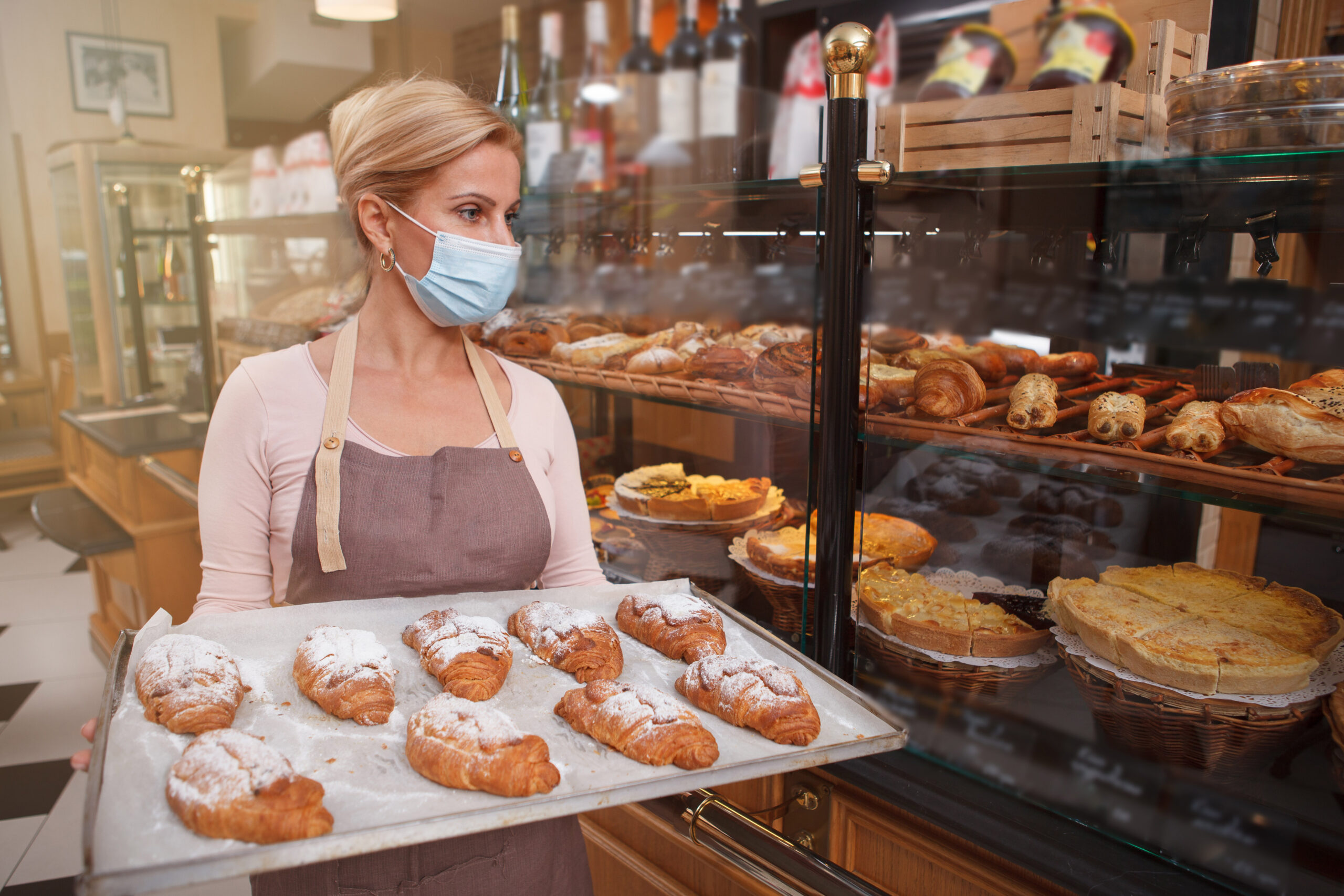A draft of the Restaurant Revitalization Fund (RRF) Grant Application has been released!
The RRF grant is GREAT news for the following businesses: restaurants, food stands, food trucks, food carts, caterers, bars, saloons, lounges, taverns, brewpubs, tasting rooms, taprooms, inns, licensed facility or premise of a beverage alcohol producer where the public may taste, sample, or purchase products, other similar place of business in which the public or patrons assemble for the primary purpose of being served food or drink, bakery, snack and nonalcoholic beverage bar, brewery and/or microbrewery, winery, or distillery. If a brewpub, tasting room, taproom, inn, bakery, brewery, microbrewery, winery or distillery, the business must have onsite sales to the public comprising at least 33% of gross receipts. One other caveat, to be eligible for the RRF grant, the business and “affiliated” businesses must have 20 or fewer locations. The affiliated business test is determined as of any arrangements or agreements in existence as of March 13, 2020.
The amount of the RRF grant will generally be the amount of “revenue loss”, which is the decrease in gross receipts in 2020 compared to 2019. The business will need to reduce the “revenue loss” amount by any PPP 1 or PPP 2 amounts they received. The RRF grant can even apply to companies that didn’t begin business until recently or have not yet opened but as of March 11, 2021 have incurred eligible expenses (there is a different calculation for these businesses). The amount of the RRF grant is capped at $5,000,000 per location, with a max of $10,000,000.
The use of the RRF grant funds is broad. The RRF grant funds can be used for eligible costs within the covered period, which is the period beginning on February 15, 2020 and ending on March 11, 2023! Types of RRF grant fund eligible costs are business payroll costs, including paid sick leave; business rent/business mortgage; business debt service; business utilities; business food and beverage expenses, including raw materials; business maintenance expenses; construction of outdoor seating; business supplies; covered supplier costs; and business operating expenses.
For the first 21 days of awarding the RRF grants, the SBA will give special priority to “small business concerns” at least 51 percent owned and controlled by individuals who are women, veterans, and/or socially and economically disadvantaged individuals. It appears the 51 percent test is as of the date of the application.
Click on the link below to view the Draft Application published by the Office of Management and Budget.
































